Explain the Difference Between Spinal Transection and Hemiplegia
A C1 through C2 vertebrae injury is considered to be the most severe of all spinal cord injuries as it can lead to full paralysisbut is most often fatal. Muscle tone is regulated by signals that travel from the brain to the nerves and tell the muscle to contract.
The difference in volume reduction of the AN was significant between the hemiplegic sides and the normal or non-plegic sides p 0001.

. Hemiplegia also known as hemiparalysis is a condition caused by an injury to the brain. Additionally the spinal cord itself ends somewhere near the L1 or L2 vertebra. Describe the usual effects of transection of the spinal cord at C4-C5 immediately after injury and after recovery from spinal shock.
Transection of the spinal cord resulting from an injury is due to. Sz Intracerebral Hematoma Decreased LOC confusion coma contralateral hemiplegia brain herniation Intracranial bleed directly into. Dthe patient may complain of pain to the legs if the thoracic spine is injured.
Quadriplegia also known as tetraplegia is a form of paralysis that affects all four limbs plus the torso quad originates from the Latin word for four. Monoplegia Hemiplegia Paraplegia Quadriplegia. A nurse is developing a plan of care for a client who has a spinal fracture and complete spinal cord transection at the level of C5.
Which of the following rehabilitation goals should the nurse add to the clients plan. What Is Tetraplegia Quadriplegia and Paraplegia. Hemiplegia has two stages of attack.
This form of paralysis is typically the product of damage high in the. Since the spinal cord coordinates body movement and sensation an injured spinal cord loses the ability to send and receive messages from the brain to the bodys system that controls sensory motor and autonomic. However there is.
Most people with tetraplegia have significant paralysis below the neck and many are completely unable to move. Decorticate and decerebrate posturing are both considered pathological posturing responses to usually noxious stimuli from an external or internal source. Like a stroke hemiplegia only affects one side of the brain.
There is a strong relationship between functional. The pyramidal tracts corticospinal tract and corticobulbar tracts may directly innervate motor neurons of the spinal cord or brainstem anterior ventral horn cells or certain cranial nerve nuclei whereas the extrapyramidal system centers on the modulation and regulation indirect control of anterior ventral Dont study it Osmose it. Bhave the patient move to try to elicit a pain response.
What is hemiplegia and paraplegia. The C1 and C2 vertebrae are the first two segments in the cervical spine. Severe injuries that occur in the neck usually result in Quadriplegia which is paralysis from about the shoulders down.
This refers to paralysis of one side of the body. Describe the sites of damage that would cause left-sided hemiplegia receptive aphasia and. Hypertonia is a condition in which there is too much muscle tone so that arms or legs for example are stiff and difficult to move.
Whats the difference between a Paraplegic and a quadriplegic. Spinal cord injuries occur when theres damage to the spinal cord. A complete transection of the spinal cord is rare but an incomplete can still present as complete.
It is not always apparent that a person may have. There are four types of paralysis Monoplegia Hemiplegia Paraplegia and Quadriplegia. The first stage is the onset in which there are symptoms like shock effect patient may become unconscious and the angle of mouth will be twisted to one side which is affected.
Ccheck for loss of sensation above the suspected level of injury. The result is loss of function usually in mobility or feeling. Explain why there is a difference in the effects over time.
Paralysis is the inability to move a part of the body and comes in different types. Spinal cord injury SCI is the injury of the spinal cord from the foramen magnum to the cauda equina which occurs as a result of compulsion incision or contusion. Therefore its effects are usually down one side of the body.
In complete spinal cord injuries the spinal cord is fully severed and function below the injury site is eliminated. These levels of the spinal column are especially important due to their location and functions. The most common causes of SCI in the world are traffic accidents gunshot injuries knife injuries falls and sports injuries.
Damage to the brain or spinal cord can cause paraplegia or quadriplegia. Instead the sacral spine contains spinal nerves. The spinal cord itself has neurological segmental levels which are defined by the spinal roots that enter and exist the spinal column between each of the vertebral segments.
The spinal cord does not have to be severed in order for a loss of function to occur. Numbered S1-S5 this is the very end of the spinal column but the spinal cord itself does not reach this region. In an adult is occupies only the upper 23 of the vertebral canal.
Paraplegia than in those with hemiplegia 12. Explain the differences between the four types. What is the Difference Between a Complete and Incomplete Spinal Cord Injury.
It can be bruised stretched or crushed. Every year 250000500000 spinal cord injuries occur around the. Having no sensory or motor function in the lowest sacral segments S4-S5 Sensory and motor function S4 and S5 are determined by anal sensation and.
As with all brain injury the effects can be non-physical as well as physical. A cylinder of nervous tissue that arises from the brainstem at the foramen magnum of the skull and passes through the vertebral canal as far as the inferior margin of the first lumbar vertebra or slightly beyond. Aparalysis of the extremities is a reliable sign of spine injury.
Explain the discharge instructions to the client and parents. In comparison incomplete SCIs occur when the spinal cord is compressed or injured but the brains ability to send signals below the site of the injury. Cord swelling increases degree of dsyfxn Transection- complete or incomplete severing of spinal cord Cord contusion.
There is some difference between spastic hemiparesis of cere-bral and spinal origin the main features such as leg-muscle. Both involve stereotypical movements of the trunk and extremities and are typically indicative of significant brain or spinal injury1 The Nobel Laurette Charles Sherrington first described decerebrate. One may become paralyzed after a spinal cord injury SCI or trauma.
In childhood you probably learned that paralysis. As shown in the figure to the left adapted from a spinal anatomy web site at Emory University the spinal cord segmental levels do not necessarily correspond to the. Table Table1 1 shows the average number of normal and degenerated axons neurons of dorsal root ganglions DRGs endothelial cell numbers and volumetric changes of the AN sample in each groups.
Hypertonia happens when the regions of the brain or spinal cord that control these signals are damaged.

Paralysis Body Causes What Is Paralysis Paraplegia Quadriplegia Paralysis
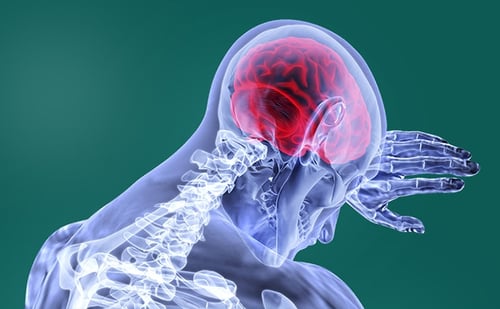
Types Of Paralysis Monoplegia Hemiplegia Paraplegia And Quadriplegia
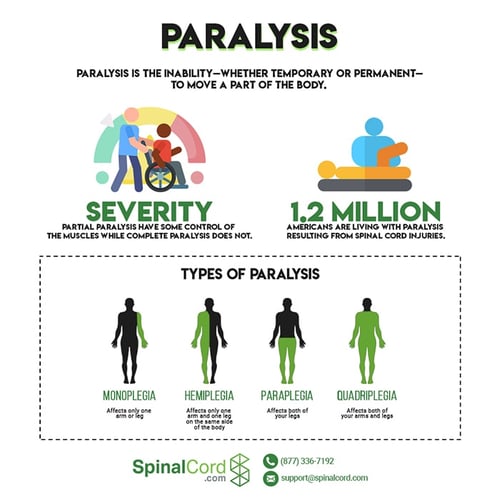
Types Of Paralysis Monoplegia Hemiplegia Paraplegia And Quadriplegia

Cerebral Palsy Diplegia Hemiplegia Quadriplegia Quadriplegiaandparaplegia Onlinelivingaids Quadriplegia Cerebral Palsy Paraplegia

Difference Between A Complete Spinal Cord Injury And Incomplete Spinal Cord Injury

What Is Hemiplegia Stroke Rxharun

Pin By Inas Salah On Pediatric Quadriplegia Spinal Cord Paraplegia
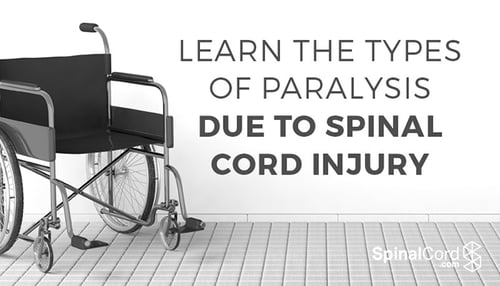
Types Of Paralysis Monoplegia Hemiplegia Paraplegia And Quadriplegia

Hemiplegia Causes Symptoms Diagnosis Treatment And Prevention

Plegias Cerebral Palsy Occupational Therapy Activities Occupational Therapy Assistant

Difference Between A Complete Spinal Cord Injury And Incomplete Spinal Cord Injury

Understanding The 4 Different Types Of Paralysis The Law Offices Of J G Winter

Hemiplegia Mobile Physiotherapy Clinic
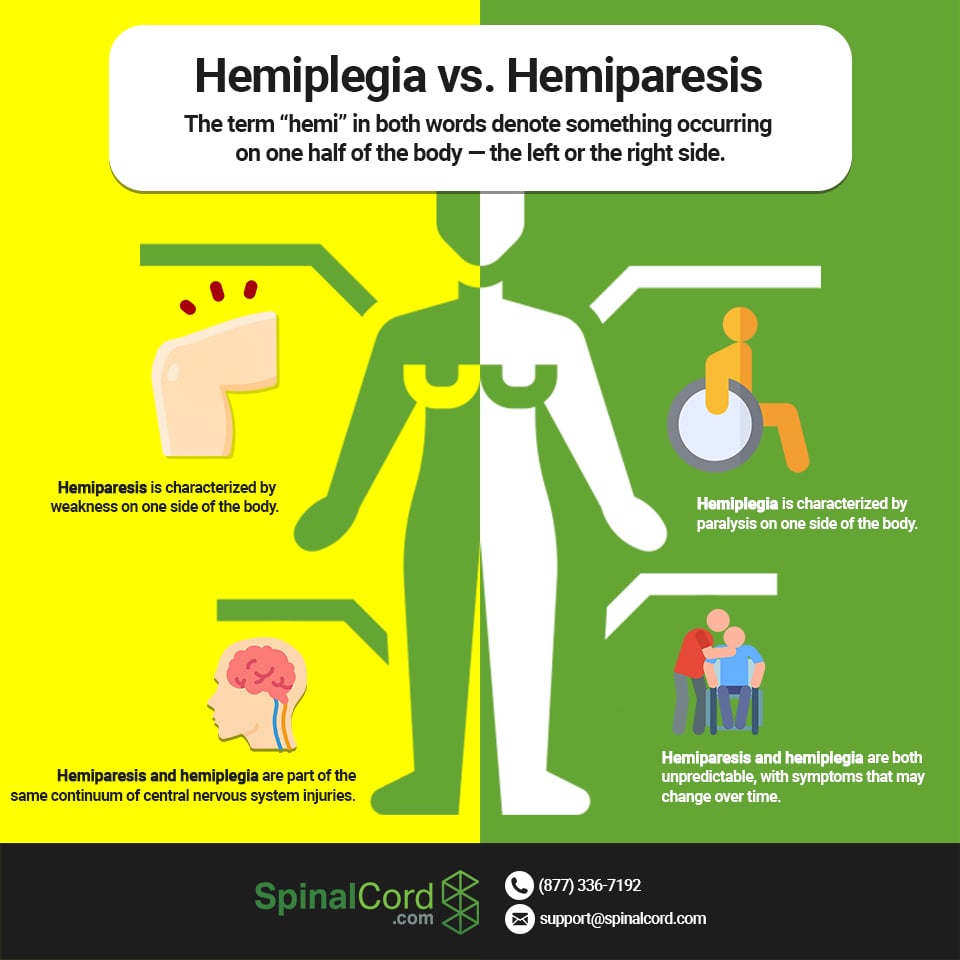
Hemiplegia Vs Hemiparesis Causes Symptoms And Treatment
Diplegia Vs Hemiplegia What Is The Difference

Pin By Carey Liz On Health Spinal Cord Injury Awareness Spinal Cord Injury Spinal Cord

Spinal Cord Injury Dr Hassan Sarsak Phd Ot What Is Spinal Cord Spinal Cord Spinal Cord Injury Spinal
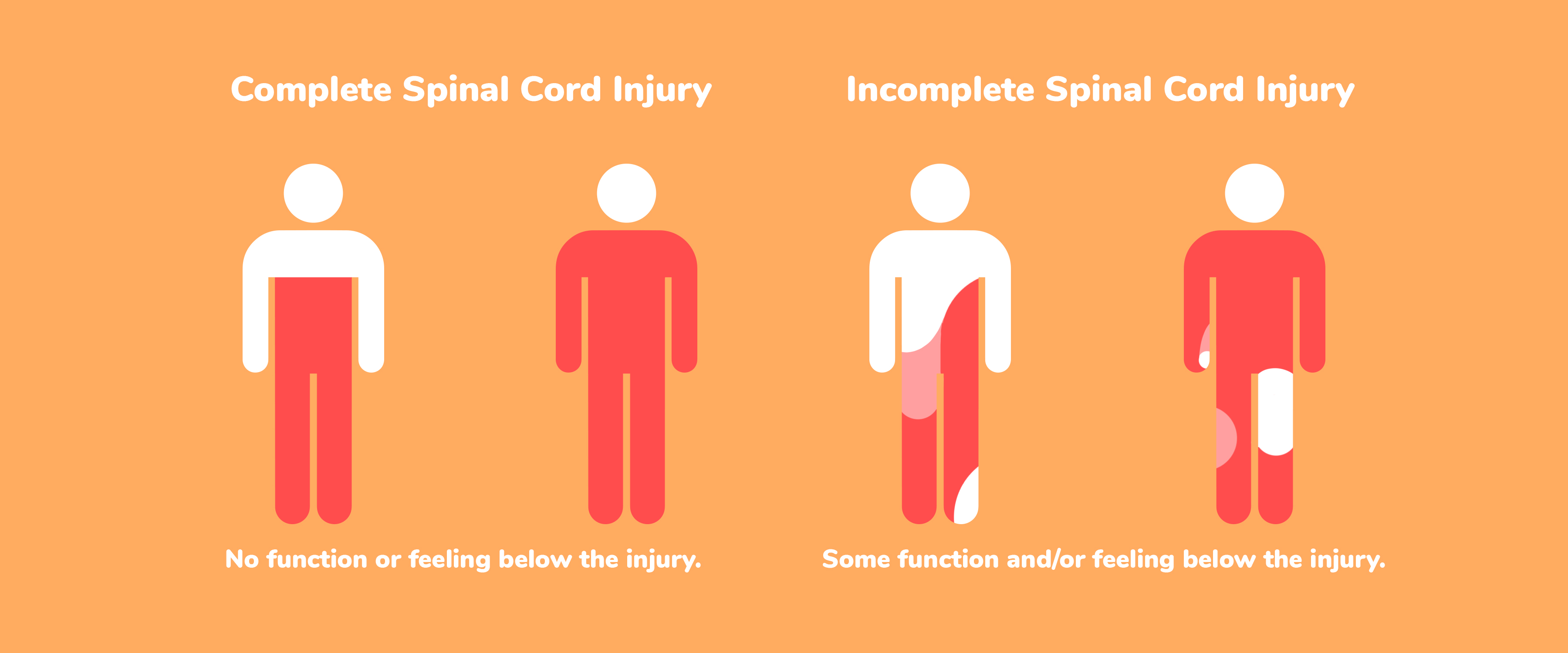
Difference Between A Complete Spinal Cord Injury And Incomplete Spinal Cord Injury


Comments
Post a Comment